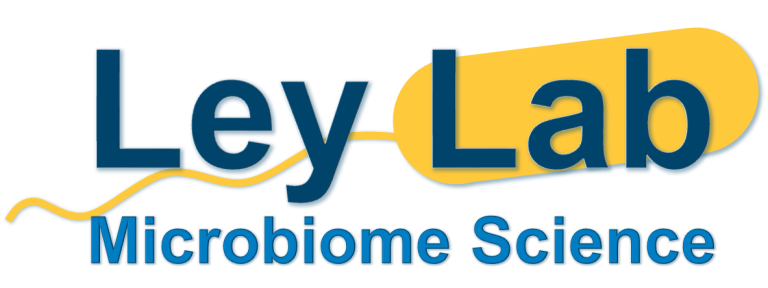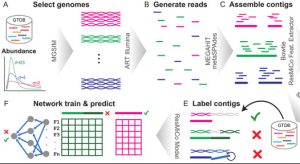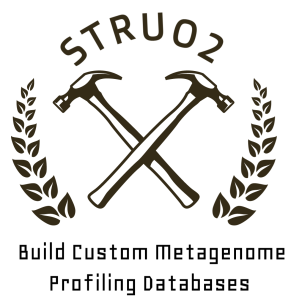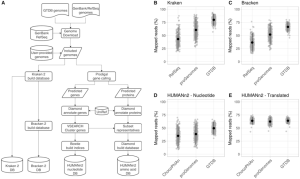SynTracker: a pipeline to track closely related microbial strains using genome synteny
In the human gut microbiome, specific strains emerge due to within-host evolution and can occasionally be transferred to or from other hosts. Phenotypic variance among such strains can have implications for strain transmission and interaction with the host. Surveilling strains of the same species, within and between individuals, can further our knowledge about the way in which microbial diversity is generated and maintained in host populations. Existing methods to estimate the biological relatedness of similar strains usually rely on…





